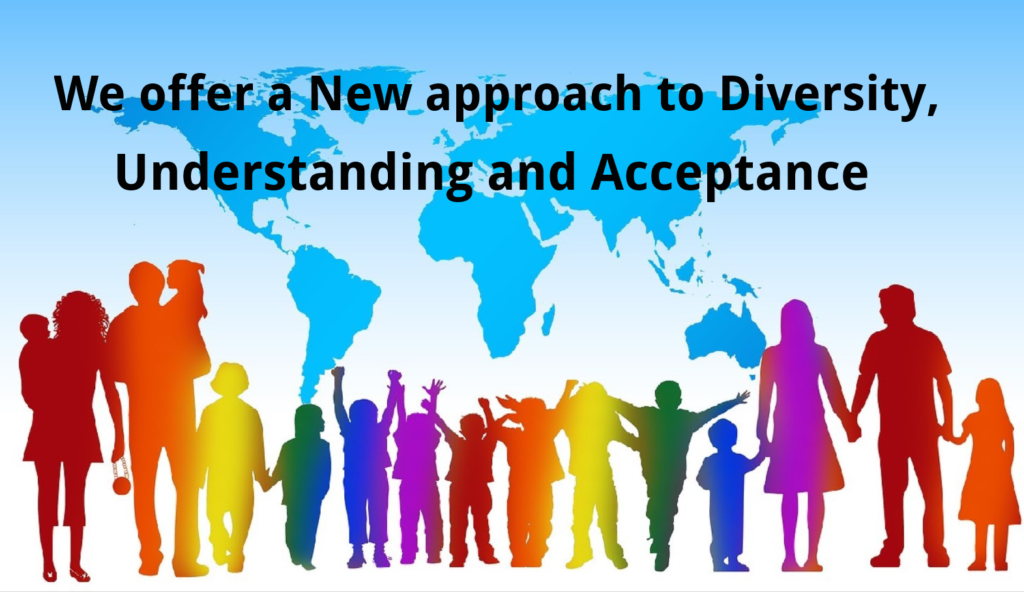The Need for STEM Education
As seen on The Business Roundtable’s website: September 15, 2022
EDUCATION AND WORKFORCE
Stumbling on STEM: Why K-12 Education Must Align with the Digital Economy
A skilled workforce is the cornerstone of economic competitiveness. And yet, the United States is failing to develop the talent U.S. businesses need to compete in today’s global economy. The goal of our education system is to impart the foundational skills and knowledge needed to succeed in work and life. But in an economy that looks vastly different than it did 20 years ago, a traditional approach to education is struggling to equip students with the skills in the most demand among the nation’s leading businesses.
In order to support the foundation for a more productive economy and greater prosperity for future generations, policymakers, schools, and the business community are coming together through public-private partnerships that ensure educational pathways offered to students are aligned with the needs of our modern workforce.
“Public-private sector partnership is the key to training the skilled workers we need for the millions of jobs available today and for the economy of tomorrow,” said Jamie Dimon, Chairman and CEO, JPMorgan Chase and Chairman of Business Roundtable, at the Business Roundtable Workforce Partner Initiative Launch
As technology’s role in economic growth and innovation continues to grow, employers increasingly need qualified workers with the STEM skills — science, technology, engineering and math — to take on important roles in cybersecurity, data science, engineering, and computer science.
But despite the importance of STEM occupations to U.S. economic competitiveness, many U.S. students find STEM learning inaccessible or uninspiring. In fact, more than 80 percent of U.S. high school students are either uninterested or non-proficient in STEM subjects, which suggests that our education system is failing to demonstrate to millions of students the relevance and opportunity that STEM can bring to their lives and to the nation’s economic future.
To realize more widespread progress, leaders at all levels — policymakers, business executives, school administrators, teachers and parents — will need to embrace and advance new ideas about what, when, where and how we teach and learn.

